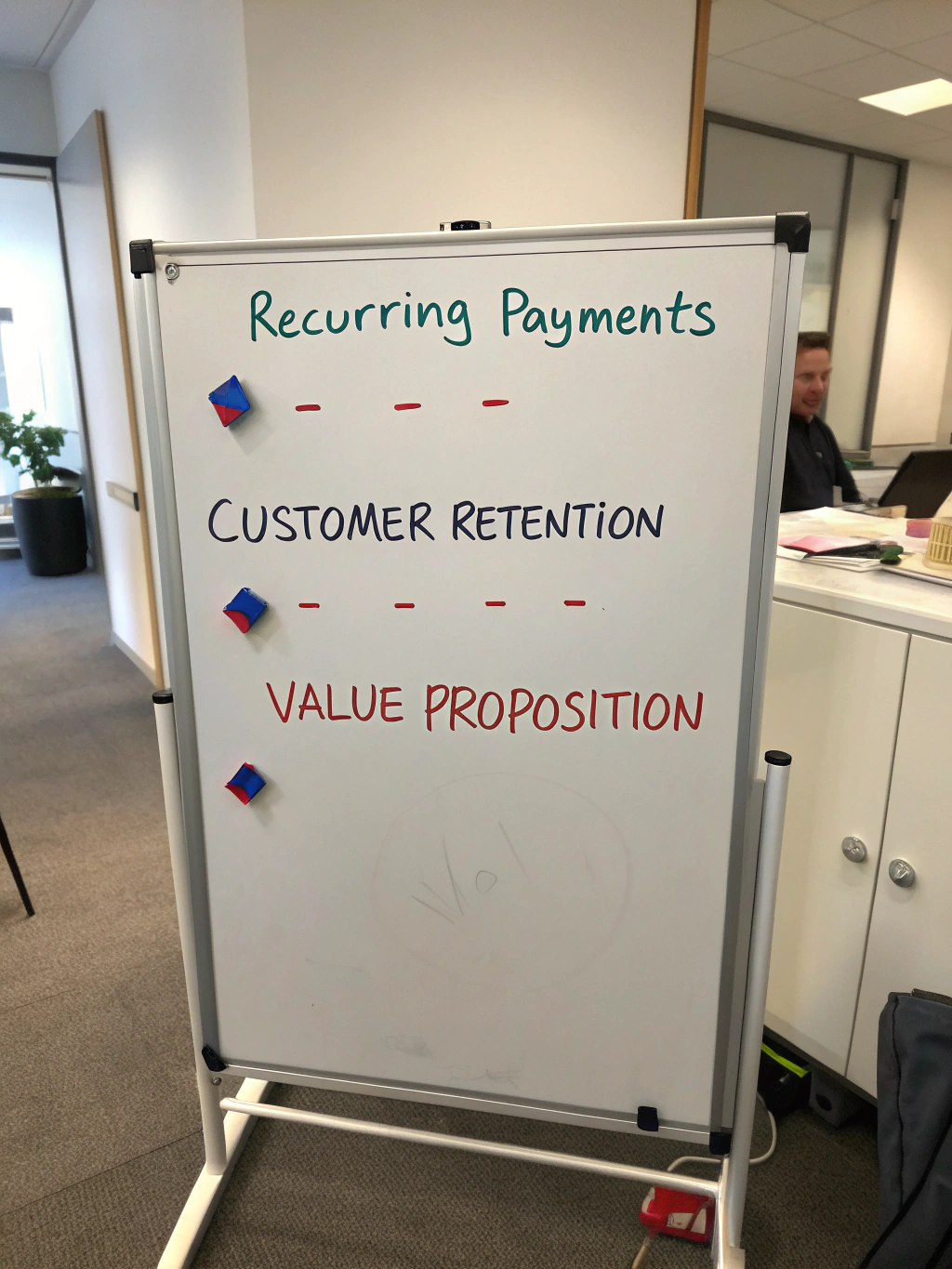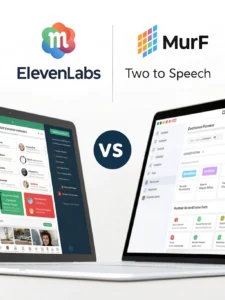How to Build a Subscription-Based Business
Subscription-Based Model Still the Future, or Has It Plateaued?
In today’s rapidly evolving business landscape, one thing remains consistently powerful: the allure of recurring revenue. But amidst the buzz around AI and Web3, is the core concept of the Subscription Business Model still the golden ticket for sustainable growth? Data suggests otherwise. While the initial hype has settled, a deep dive into current trends reveals a nuanced reality. The Subscription Business Model, fundamentally built on delivering continuous value to customers, continues to thrive, but success now demands a more sophisticated and personalized approach. This blog post will explore the latest insights into this powerful model, covering key concepts, market data, smart strategies, real-world applications, common pitfalls, and essential long-term considerations. Let’s unpack what it truly takes to build and sustain a successful subscription-based venture.
Key Concepts & Trends

The Subscription Business Model isn’t a static concept; it’s an evolving ecosystem. Several key trends are reshaping how businesses operate within this framework. Personalization is paramount. Generic offerings are no longer sufficient. AI-powered recommendation engines and data analytics are enabling businesses to tailor content, features, and pricing to individual customer preferences. Think of Netflix suggesting shows based on your viewing history or Spotify curating playlists based on your listening habits. This level of personalization significantly enhances customer retention and lifetime value.
Another critical trend is the rise of hybrid subscription models. Businesses are increasingly combining traditional subscription tiers with freemium offerings, usage-based pricing, and even pay-as-you-go options. This caters to a wider range of customer needs and budgets. For example, a software company might offer a free basic plan, a premium plan with advanced features, and an enterprise plan with dedicated support.
Furthermore, community building is becoming integral. Subscription services are fostering vibrant online communities where members can interact with each other and the brand. This sense of belonging strengthens customer loyalty and provides valuable feedback for product development. Platforms like Patreon and Discord exemplify this trend.
Finally, the integration of technology platforms like Stripe and Chargebee is streamlining subscription management, automating billing, and providing valuable analytics. These tools empower businesses to scale their subscription operations efficiently.
Data & Market Insights
The global subscription market is booming. According to a recent report by Statista, the global subscription revenue is projected to reach over $400 billion in 2024, demonstrating a consistent upward trajectory. This growth isn’t limited to specific industries; it spans media, software, e-commerce, and even consumer goods.
A key driver of this growth is the increasing consumer preference for convenience and value. Subscriptions offer a hassle-free way to access products and services, and many customers perceive them as more cost-effective in the long run.
Consider the case of Dollar Shave Club, which disrupted the razor industry by offering affordable razors delivered directly to consumers on a subscription basis. Their success highlights the power of addressing a customer pain point with a convenient and value-driven subscription offering. Another prime example is Amazon Prime, which has transformed e-commerce by providing a suite of benefits—free shipping, streaming services, and more—all for a flat annual fee.
Infographics often depict this growth – a simple bar chart showcasing the yearly increase in subscription revenue or a pie chart illustrating the market share of various subscription categories can powerfully communicate these trends. The market is projected to continue its expansion, fueled by the digital transformation and the evolving needs of consumers.
Smarter Strategies & Alternatives
Beyond the basic implementation, optimizing your Subscription Business Model requires strategic thinking. Cohort analysis – tracking customer behavior over time – is crucial for identifying patterns and churn risks. This allows for proactive interventions, such as targeted email campaigns or personalized offers, to improve retention.
Exploring dynamic pricing models can also unlock revenue potential. This involves adjusting subscription prices based on factors like customer engagement, usage patterns, or market demand. While requiring careful execution, dynamic pricing can optimize revenue generation.
Don’t be afraid to consider alternative platforms to traditional CRM systems. Tools like HubSpot and Zoho CRM offer robust subscription management features alongside comprehensive marketing and sales automation capabilities. And while BigCommerce and Shopify offer excellent e-commerce platforms, dedicated subscription management software like Recurly provides more granular control and advanced functionality for subscription-based businesses.
Use Cases & Applications
The versatility of the Subscription Business Model shines through in diverse applications. SaaS companies like Salesforce and Adobe have built entire empires on recurring software subscriptions. Media outlets like The New York Times and The Athletic rely heavily on digital subscriptions to generate revenue. Even traditionally non-digital businesses like meal kit delivery services (HelloFresh, Blue Apron) have adopted subscription models to foster customer loyalty.
In the burgeoning field of AI, subscription models are prevalent, offering tiered access to powerful machine learning models and tools. For instance, platforms like OpenAI provide subscriptions for API access to their language models, enabling developers to integrate AI capabilities into their applications.
Furthermore, the rise of DeFi (Decentralized Finance) is exploring innovative subscription models for access to decentralized protocols and services, offering unique value propositions within the crypto space.
Common Mistakes to Avoid
Despite its potential, the Subscription Business Model isn’t without its pitfalls. Poor customer onboarding is a frequent cause of churn. If new subscribers don’t quickly experience value, they’re likely to cancel. Invest in a seamless and engaging onboarding process.
Another common mistake is failing to actively manage customer churn. Ignoring churn rates – the rate at which customers cancel their subscriptions – can lead to significant revenue losses. Use churn analysis tools to identify at-risk customers and proactively address their concerns.
Finally, underestimating the importance of customer support can be detrimental. Providing excellent customer support is crucial for building loyalty and minimizing churn.
Maintenance, Security & Long-Term Planning
Maintaining a successful Subscription Business Model requires ongoing effort. Regularly update your platform and software to ensure security and stability. Implement robust cybersecurity measures to protect customer data. Compliance with data privacy regulations like GDPR and CCPA is essential.
Scalability is a key consideration. Choose technology infrastructure that can handle growing subscriber numbers. Incorporate automated processes wherever possible to streamline operations. Regularly review and adjust your pricing and offerings to remain competitive and aligned with market demands.
Summary & Key Takeaways
The Subscription Business Model remains a powerful engine for sustainable growth, but it’s not a one-size-fits-all solution. Success hinges on delivering consistent value, personalizing the customer experience, actively managing churn, and continuously adapting to evolving market trends. The future of subscription businesses lies in agility, data-driven decision-making, and a relentless focus on customer satisfaction.
What are your thoughts on the future of the Subscription Business Model? Share your experiences and insights in the comments below! Explore more about building a successful subscription business here.
FAQs
Is it too late to invest in the Subscription Business Model? Absolutely not. While the initial hype has subsided, the underlying demand for recurring value remains strong. However, success requires a strategic and customer-centric approach.
How can small businesses use AI to enhance their subscription offerings? Small businesses can leverage AI for personalization (recommendations, targeted offers), customer support (chatbots), and churn prediction.
What tech stacks scale best for a subscription business? A combination of a robust CRM (HubSpot, Zoho CRM), subscription management platform (Recurly, Chargebee), and marketing automation tools (Mailchimp, ActiveCampaign) provides a scalable foundation.
Share this content:














Post Comment